Unboxing: Airspeed Horsa Glider
September 12, 2017 by thisisazrael
This week John and Justin take a look at a laser cut Airspeed Horsa Glider from Sarissa Precision.
Capable of carrying up to thirty paratroopers, these British made gliders saw heavy use throughout World War II.
An estimated 250 were deployed during the Battle of Normandy in British and American operations and as many as 5,000 were produced by the end of the war.
Normally Justin tackles the MDF kits but this time around John tries his hand at the glider and discovers an issue with the clarity of the instructions.
Do you guys have experience with MDF kits?
Supported by (Turn Off)
Supported by (Turn Off)
Supported by (Turn Off)























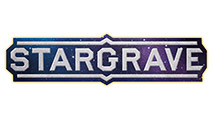





![How To Paint Moonstone’s Nanny | Goblin King Games [7 Days Early Access]](https://images.beastsofwar.com/2024/12/3CU-Gobin-King-Games-Moonstone-Shades-Nanny-coverimage-225-127.jpg)




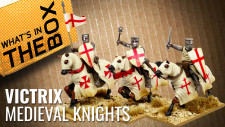






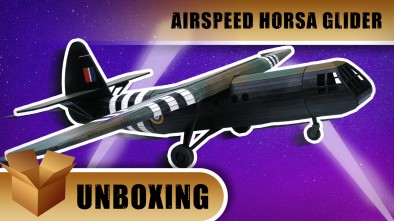




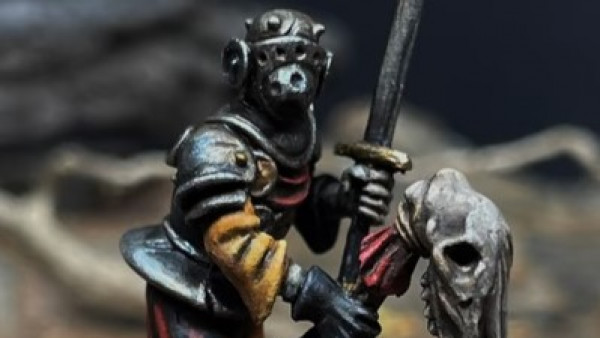




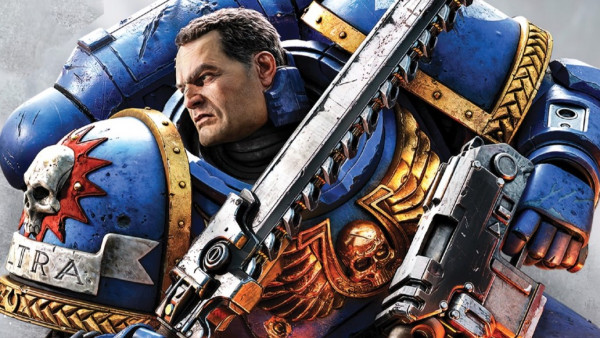



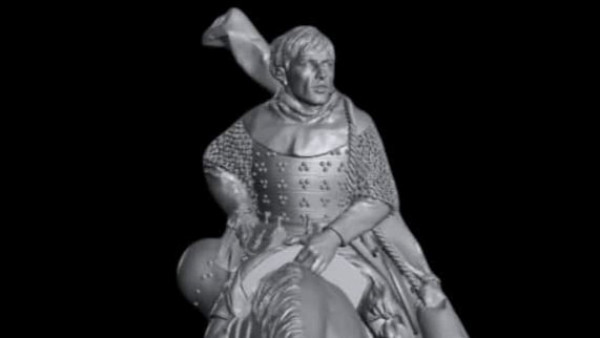
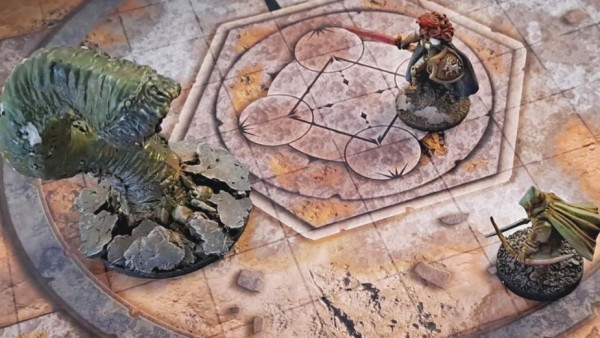

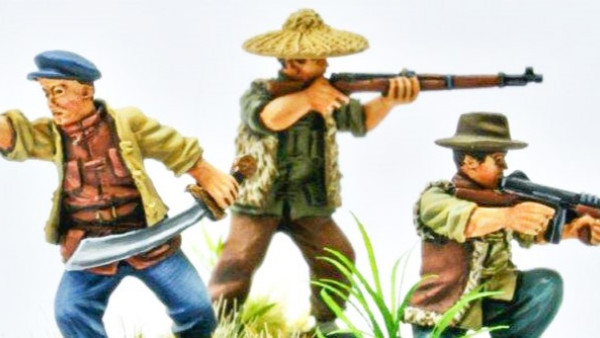

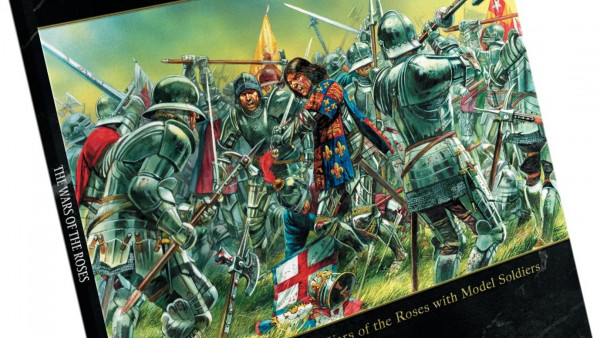

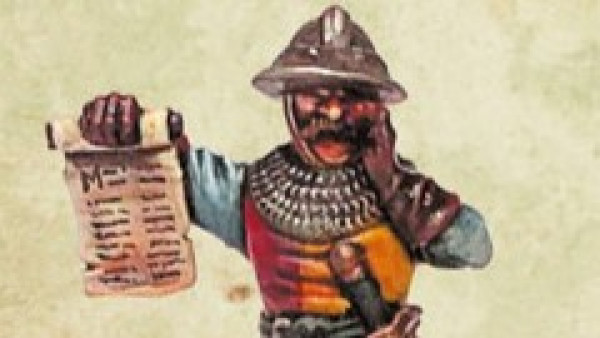
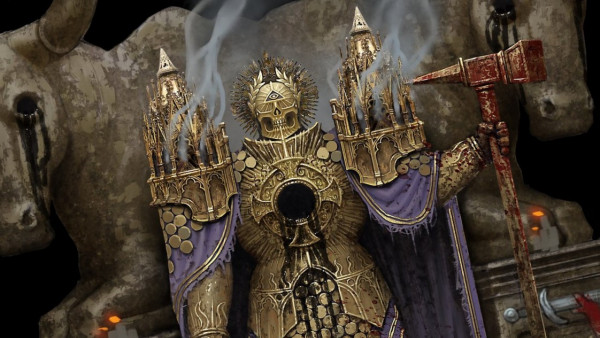
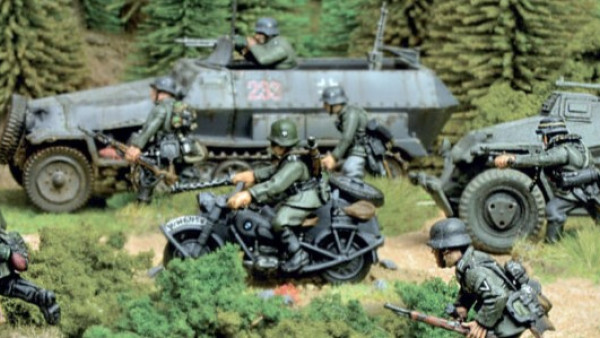
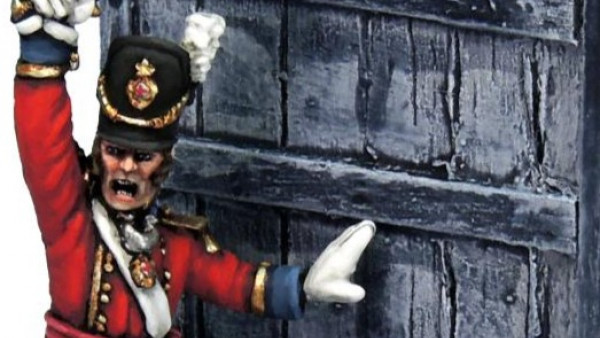
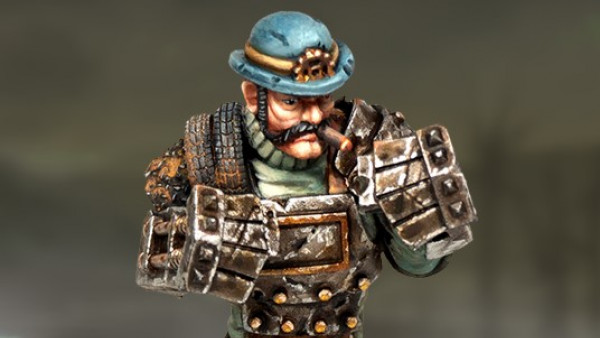
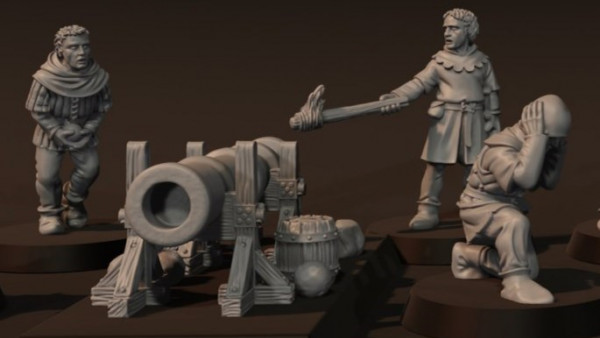


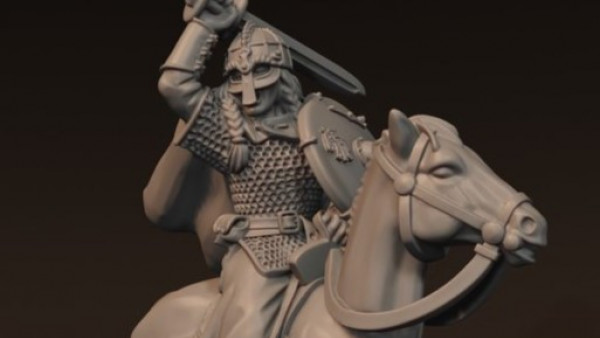
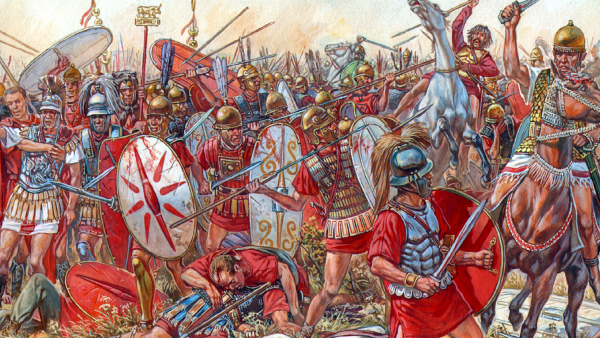

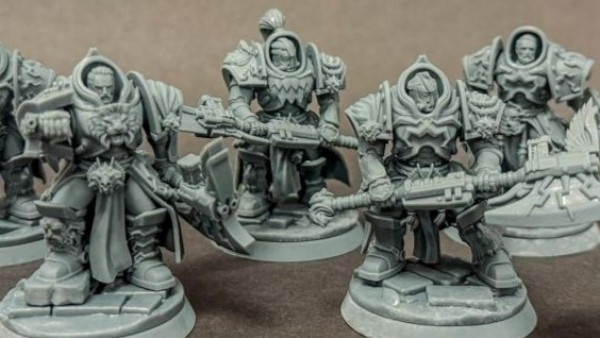
Nice kit, should get one for my Paras. Arnhem is on my bucket list
Nice looking kit . I want to built one as a scenery piece , probably belly landed into a field with broken wings . Any room in the kit to add the pilot’s seats or is the cockpit too small ? I’ve only built one hdf / plastic kit , a LCVP kit from Corsec Eng . It has hdf floor , ramp and ribs and comes with thin laser cut plastic for the sides of the boat . I added extra details in plastic – more ribs , engine compartment , drivers station , gun tubs and guns etc… Read more »
There is a build guide we did for Warlord showing how we built a crashed version that can be assembled and dissasembled as required. You could build the kit in sections to create 3 or 4 nice scatter terrain pieces.
The guide is here http://www.warlordgames.com/downloads/pdf/Crashed-Horsa-Glider.pdf
What scale is this kit? From the size it looks something like 20mm? Maybe even 28mm? Does the box say anything?
Normandy is definately on my bucket list. Was around the area years ago, but not with my knowledge and interest now. Probably will be going next year.
It’s for 28mm, 20mm and 15mm versions on the workbench 🙂
To answer @dignity ‘s question at 1:46 – The basic purpose of glider-borne infantry is to get airborne infantry all on the ground together at the same time and at the same place and with some slightly heavier equipment than can dropped via parachute. Paratroopers, as we see at D-Day, get scattered all over hell’s creation and they spend the first 12 hours of a battle trying to pull themselves together. With a glider, everyone lands together. The squad or platoon is already together and ready to fight as a unit. Some gliders could even bring in light artillery like… Read more »
Bucket list of places to visit..
1. Omaha – Like @oriskany did – stand there on that beach at 630am and just try to imagine what it must have been like
2. Gettysburg
3. Waterloo
that is a fantastic looking kit guys.
I would like to see Thermopylae, Isandlwana, and Normandy.
A random historical note about the Horsa glider, it wasn’t necessarily a one way trip…
https://warisboring.com/the-snatch-method-was-one-crazy-way-to-make-a-glider-fly/
@oriskany made several good points. What’s interesting about glider operations is how each army took a very different view of them. The Germans used them at Eban-Emael in Belgium to land Falschrimjagers on the roof of the fort thinking it would be easier to defeat the fort without a prolonged battle. Turns out they were right. 78 Falschrimjagers assaulted the fort that had about 650 soliders. This fort was a big, built up, concreted reinforced series of guns, bunkers and all sorts of horrors designed to oppose a World War I style infantry assault. The Germans used shaped charges and… Read more »
Brill lads, lovely aircraft and it did its business to get the boys where they needed to be, not the safest craft but most of them made it.
Nice work John.
Battlefields I have been to: American Revolution: Saratoga – Oriskany – Ticonderoga – Morristown – Monmouth – Princeton – Trenton American Civil War: Fredericksburg – Sharpsburg – Ocoee World War II: 42 sites across Normandy. Stood at Vierville Draw at Dog Green Sector at 6:45 AM, walked out 100 yards into the surf, turned around and looked up at those bluffs. Haunting moment. Also Argentan, Falaise, Mortain on the 70th Anniversary (August 7, 2014), St. Lo, etc. @johnlyons is very correct about Merville Battery and Pegasus Bridge. The original Pegasus Bridge (moved to the nearby museum) still has the shrapnel… Read more »
Battlefield Bucket List. 1. Waterloo. Commanded 4th Coy 2nd 95th Rifles at the bicentennial event 2015. One word, awesome. 2. Pegasus Bridge. Follow the battle from the gilders landing till relieved. 3. Retreat from Corunna. Took part in the bicentennial event 2009. 4. Bastogne. Walk the ground 101st held and the route Patton took to get there. 5. Ciudad Rodrigo. Completed this in 2012. Viewed the greater and lesser breaches, the hell those chaps went through. No wonder they sacked the town. 6. Somme 1916. I completed this during a Defence Ride, got to cover the main sailients from the… Read more »